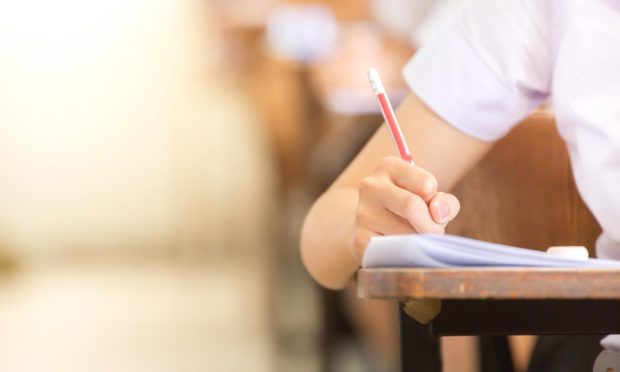With exams cancelled, this year’s grades for National 5, Higher and Advanced Higher qualifications will be determined by teachers.
The Scottish Qualifications Authority has finally issued details of its free appeals service, after the process was outlined in the Scottish Parliament on Wednesday.
While the SQA stressed that fairness and credibility was central to the alternative certification model developed, it said it was important that a direct right of appeal is available.
Where and when can appeals be submitted?
Pupils can appeal provisional results directly to the SQA from June 25, and these will be processed with the support of schools and colleges after results certificates are issued on August 10.
These can be submitted on the SQA website from June 25 to August 12.
Information on this year's National Qualifiations appeals service is now available. Follow the link to our website for more details ➡️ ➡️ ➡️ https://t.co/gsClHWHOu7 #SQAappeals pic.twitter.com/r4HiCDQrKH
— SQA (@sqanews) June 2, 2021
Appeals from those who have places at college or university or jobs or training dependent on grades will be prioritised, the SQA said.
They can be made against academic judge, against an unresolved administrative error or on grounds of discrimination.
Appeals must, the SQA said, be based on evidence of the learner’s demonstrated attainment against the national standard and grades could, therefore, go up, down or stay the same.
Schools will also be able submit appeals on behalf of pupils.
Teachers or lecturers can also submit priority appeals until August 16 for those who miss the August 12 deadline, and all other appeals until August 27.
What happens next?
Evidence that was used to determine the appellant’s result will be submitted to the SQA by their school.
The SQA will review this against the national standard for the course and inform the school of its decision.
Priority appeals, it said, will be processed by September 3 to meet UCAS timescales and others as quickly as possible thereafter.
Setting out the process, the SQA said: “Teachers and lecturers, with the support of the system and SQA, are working hard to deliver the right results to learners, first time.
“However, it is important that a direct right of appeal is available, and the appeals service is the final essential part of the model.
‘Utter fiasco’: Concerns as pupils use TikTok to share ‘exam’ questions
